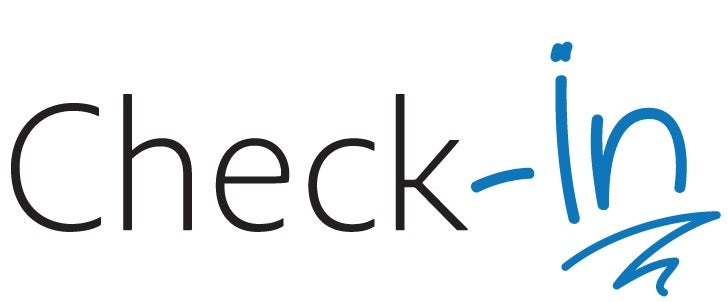Lessons Learned with Check-in

We have received many inquiries and some great recognition since we abolished the traditional performance review and introduced what we call “Check- in” at Adobe. The elimination of the former “annual review process” was not a difficult decision but the navigation of a new approach has required significant change management and ongoing reinforcement. Given the interest in our adoption of Adobe’s Check-in we thought it would be beneficial to share our views on the top considerations to driving change in performance management, with a focus on enabling people globally for success. Like most change initiatives this is a journey and not a destination. As our journey continues, we are focusing on our key learnings to continue to enrich the Check-in approach and use it as a foundation for fostering employee growth, leadership, and talent development.
Starting at the end of 2011 the Adobe business was transforming to provide cutting-edge, real-time products, but the changes in our business model were not reflected in how we evaluated performance, supported employee growth, and cultivated a team environment. As a result, we made a bold and necessary change to abolish the annual performance review, ratings, rankings and forms that went along with the process. Looking back we could not be happier about this decision as I outlined in July. Managers are now having on-going, genuine conversations with their team members; employees are engaged in feedback; we are saving approximately 80,000 hours of our manager’s time in the annual review process; and our voluntary attrition continues to trend downward.
Along our journey, I realize there were a number of key strategic decisions that enabled the success of the Check-in approach.
1. On-Going Awareness
In establishing the program, we made the conscious decision to develop with our employees, not for them. We took an iterative approach by providing frequent updates on how the program was being designed and solicited constant feedback. We invested in employee communications and marketed the new approach across the organizational globally. We leveraged internal blogs early on to raise awareness and start the dialogue. We held training sessions with managers to help guide them on how to set expectations, give feedback, and be prepared to make compensation decisions. And we launched an easy-to-navigate Check-in website that serves as a central place for tools and information. As we continue to reinforce Check-in internally, we are focused on providing managers and employees with simple resources such as one page reference guides, short video vignettes, and simple action steps to be successful with Check-in. We continue to reiterate the benefits of Check-in throughout various internal channels and keep it front and center on our internal websites as well as in senior leader communications.
2. Employee Resource Center
In conjunction with our move to abolish the annual review process, we were evolving the Human Resources function into the People Resources organization and implementing the Employee Resource Center (ERC) for fielding questions on a range of issues including performance management, career coaching, and building managerial capabilities. The ERC provides our team leaders and employees the tools, resources, and proactive and reactive support needed to help make Check-in effective. And as Adobe’s footprint continues to grow, the ERC provides a scalable solution for long-term success.
3. Leadership Capabilities
Over the last year, we have made strides in driving awareness and adoption for Check-in globally and building this into our expectations of leaders and managers. We recently refreshed the leadership capabilities needed for the continued success with the growth of the company. A key leadership capability that we have identified is the focus on role modelling Check-in. Adobe leaders are held accountable for establishing challenging, yet attainable performance expectations; role-modeling Check-in; providing clear and timely feedback and coaching to others on their performance. We have provided a very simple framework for leaders to use and tailor to fit their personalities and the culture of their teams.
As mentioned, there have been many lessons-learned along the way. We shared our journey with Bersin by Deloitte and collaborated on this informative webinar with Ellie Gates, our Director Global Management Effectiveness at Adobe: How Adobe Reengineered for Performance Agility. Additionally, Bersin by Deloitte created a case study, Reengineering for Agility, that encapsulates the strategies and tactics we used to implement Check-in at Adobe.
Moving to a Check-in approach was the right decision for Adobe. We hope to serve as a model for other global organizations looking to take new approaches and innovate with respect to people practices that can contribute to company performance, growth and success.
Donna Morris, SVP People & Places
#checkinadobe